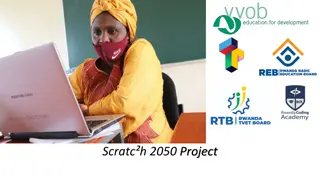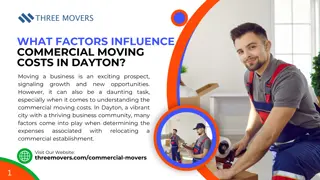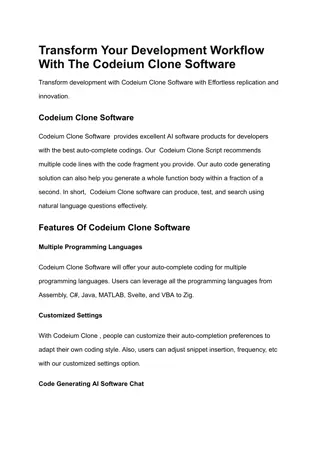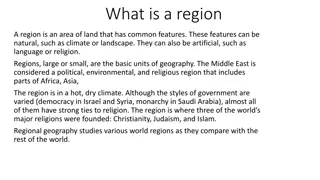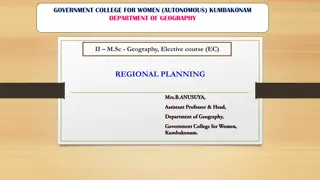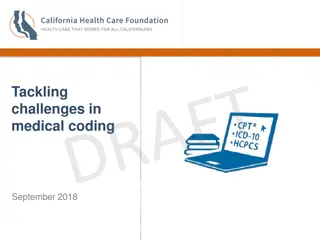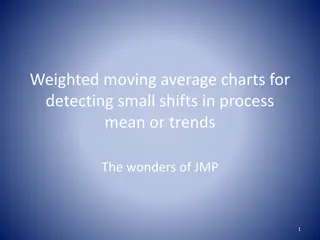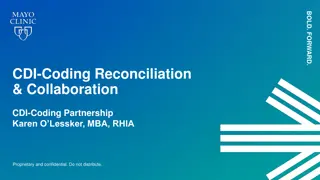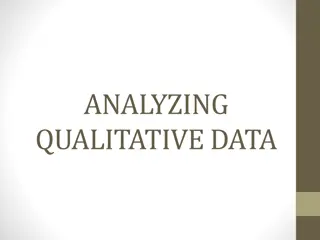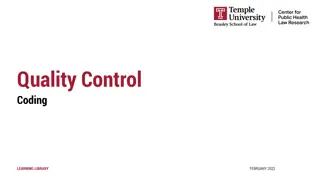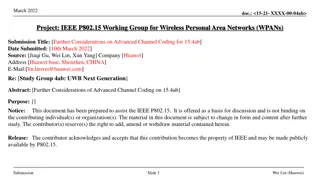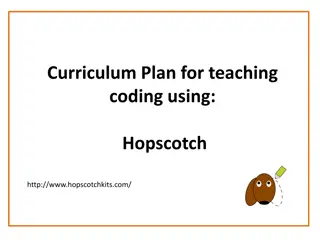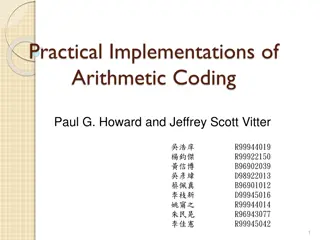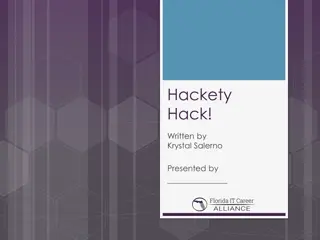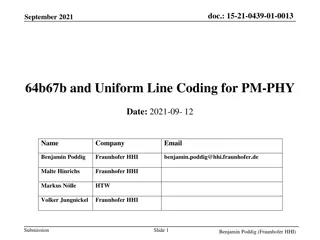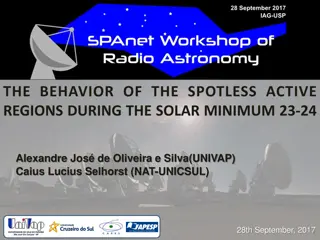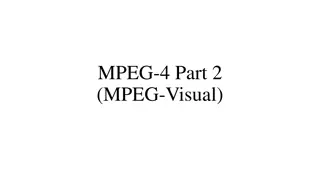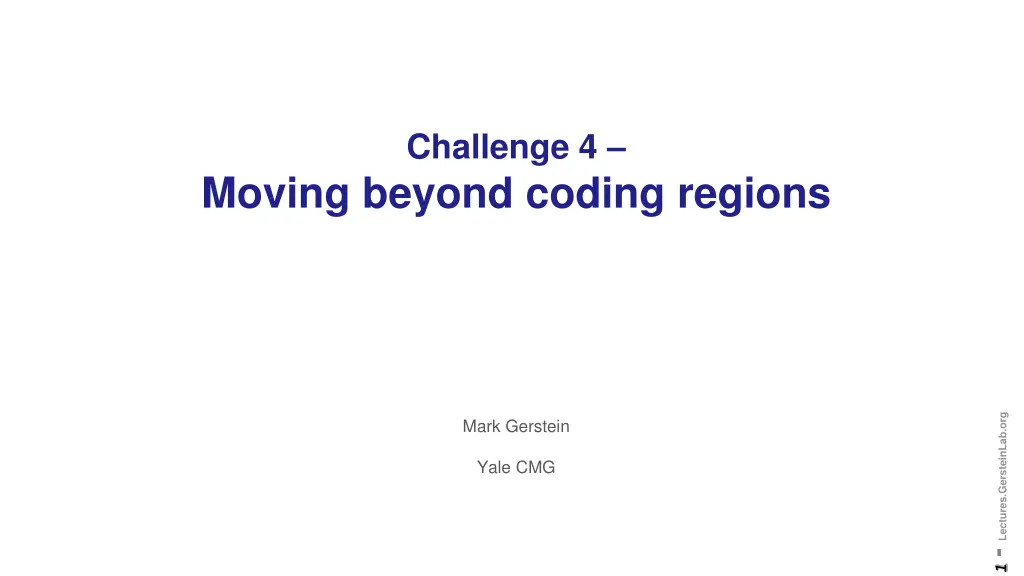
Moving Beyond Coding Regions: Challenges and Considerations in Genomic Analysis
Explore the complexities of interpreting variants in non-coding regions in genomic projects, the impact on statistical power, and the dichotomy between coding and non-coding variants. Consider the quality, scale, and annotation tools for non-coding regions, the distribution of high-impact variants, and the importance of accurate variant calls from whole-genome sequencing for better genomic analysis.
Download Presentation

Please find below an Image/Link to download the presentation.
The content on the website is provided AS IS for your information and personal use only. It may not be sold, licensed, or shared on other websites without obtaining consent from the author. If you encounter any issues during the download, it is possible that the publisher has removed the file from their server.
You are allowed to download the files provided on this website for personal or commercial use, subject to the condition that they are used lawfully. All files are the property of their respective owners.
The content on the website is provided AS IS for your information and personal use only. It may not be sold, licensed, or shared on other websites without obtaining consent from the author.
E N D
Presentation Transcript
Challenge 4 Moving beyond coding regions 1 - Lectures.GersteinLab.org Mark Gerstein Yale CMG
Moving beyond coding CMG projects have been mostly WES, with a few incorporating WGS (incl. Dubowitz & unsolved cases). Compared to WES, interpreting variants in non-coding regions is challenging. 3 things to consider in this regard (annotation qual., differential impact, variant qual.) 2 - Lectures.GersteinLab.org
Things to consider in moving beyond coding #1: Quality & scale of coding v. non-coding annotation & the impact of this on statistical power ENCODE has developed non-coding annotations & a number of tools have been developed to synthesize these (eg HaploReg, FunSeq, &c) Compared to coding regions, the underlying functional territory of non-coding regions is not as well defined nor is the differential effect of different mutations This creates power issues in non-coding variant prioritization. More precise (ie more compact) annotation may be useful. Also, integration of tissue-specific annotations & epigenetic data is important for deciphering impact of non-coding variants Proximal Distal Distal element gene linkage - direct exon Distal element gene linkage - indirect exon 3 - Lectures.GersteinLab.org ACTGA [Nature 547: 40]
Things we need to consider in moving from coding to non-coding #2: Most of the high-impact variants found so far tend to occur in coding regions (lessons from cancer genomics) Somatic coding driver vs non- coding passenger as an example of extreme dichotomy. Or is this a function of ascertainment ? high Mendelian risk variants found from family studies Drivers found from cohort-level recurrence Common variants found in GWAS Despite 1000s of WGS call sets, very few non-coding drivers have been found in cancer genomics [Rhienbay et al bioRxiv 17; Khurana et al NRG 16] Effect Size 4 - Lectures.GersteinLab.org In general (ie for CMG), do high- impact variants tend to occur in coding regions& softer regulatory ones, in non-coding regions? Common SNPs w/o clinical utility Passenger mutations VUS in Mendelian studies low [Adapted from Thomas et al., Lancet ('15)]
Things we need to consider in moving from coding to non-coding #3: Variant calls (even coding ones) from WGS maybe more informative & accurate WGS can detect full spectrum of variants including SNPs, INDELs, & SVs. SVs, in particular, are harder to interpret just in terms of exomes [Yang et al. AJHG 15]. Accuracy of mapping can be better (even to coding), esp. w/ regard to repeats & pseudogenes [Zhang et al. PLOS Comp. Bio. 17]. Potentially better uniformity in coverage may lead to better accuracy in coding variants (& handling of mosaicism) [Belkadi et al. PNAS. 15]. WGS also makes possible more precise references for mapping ie individual- specific, personal dipoloid genomes & population specific references [Chaisson et al. NRG 15; Rozowsky et al. MSB 11] . Amplification Deletion Arif s/Sushant s? example? II 5 - Lectures.GersteinLab.org

